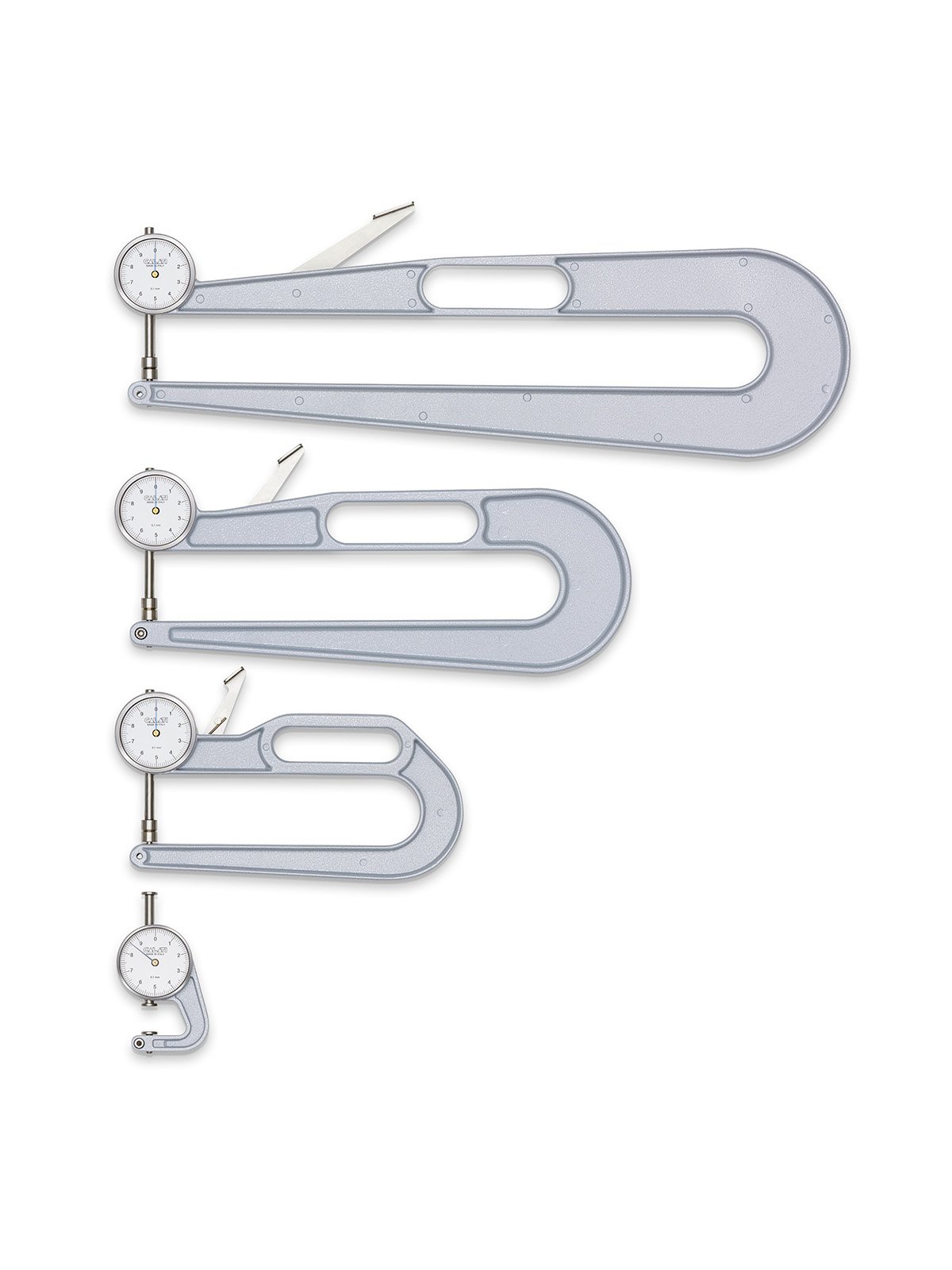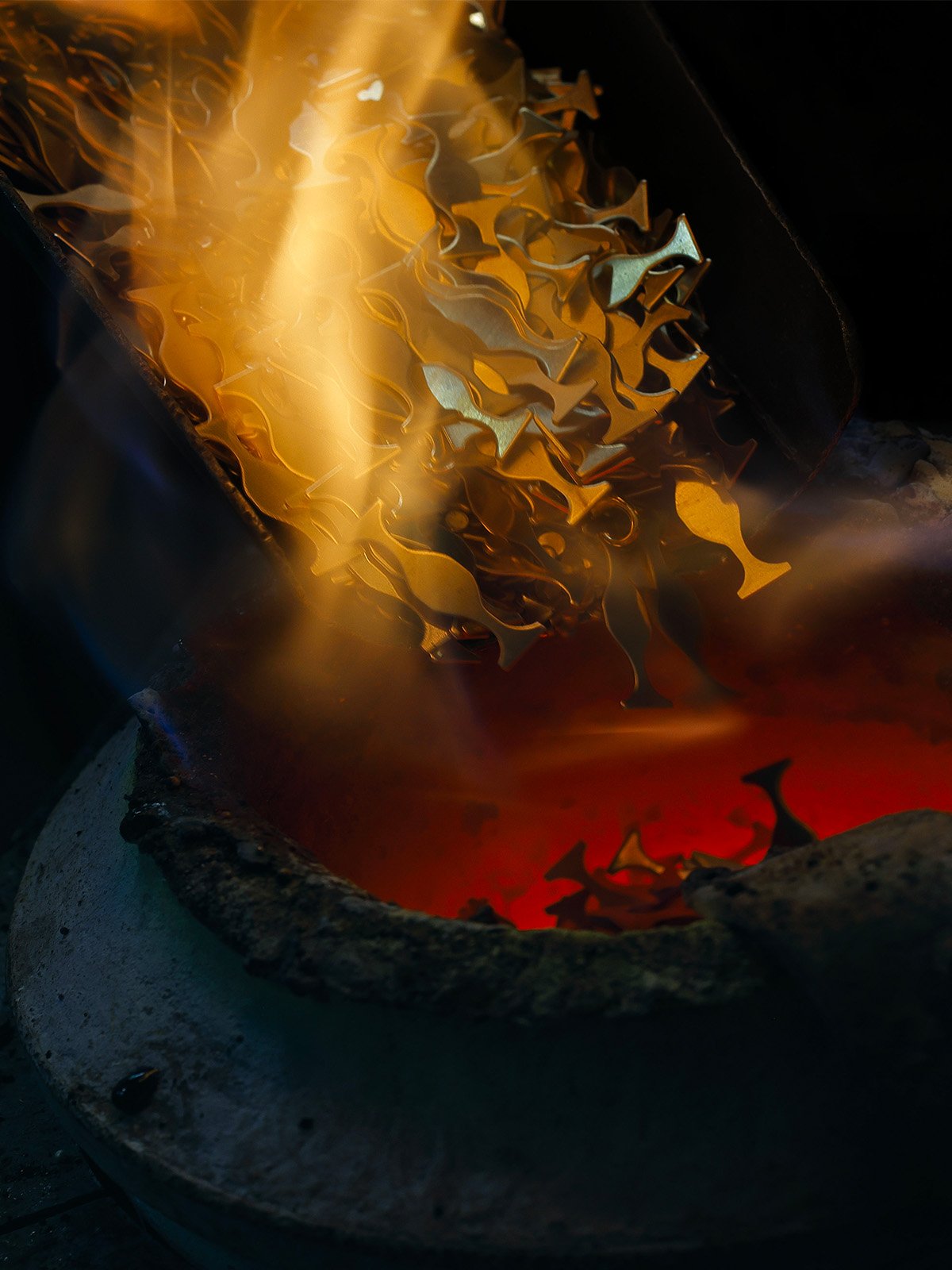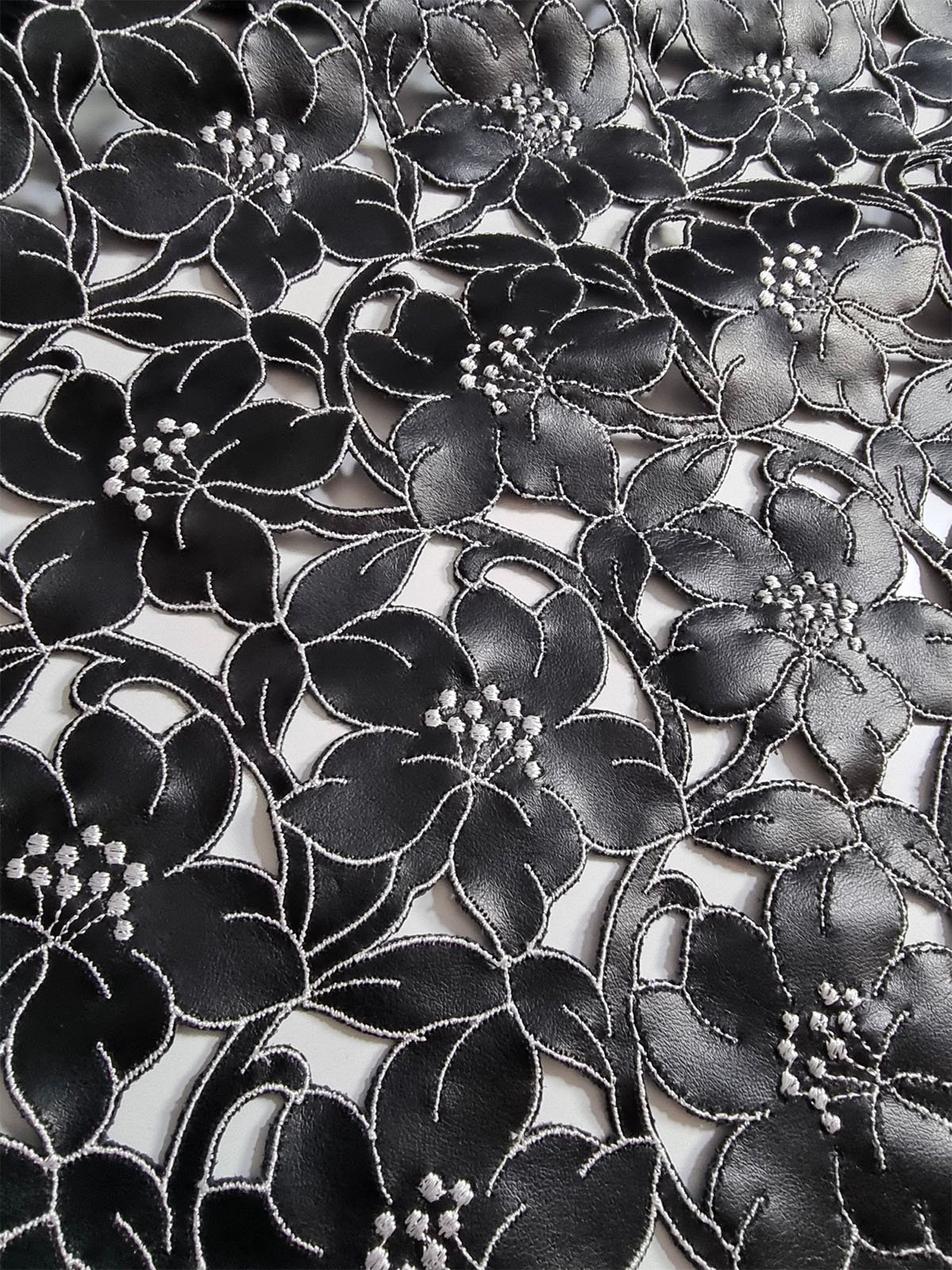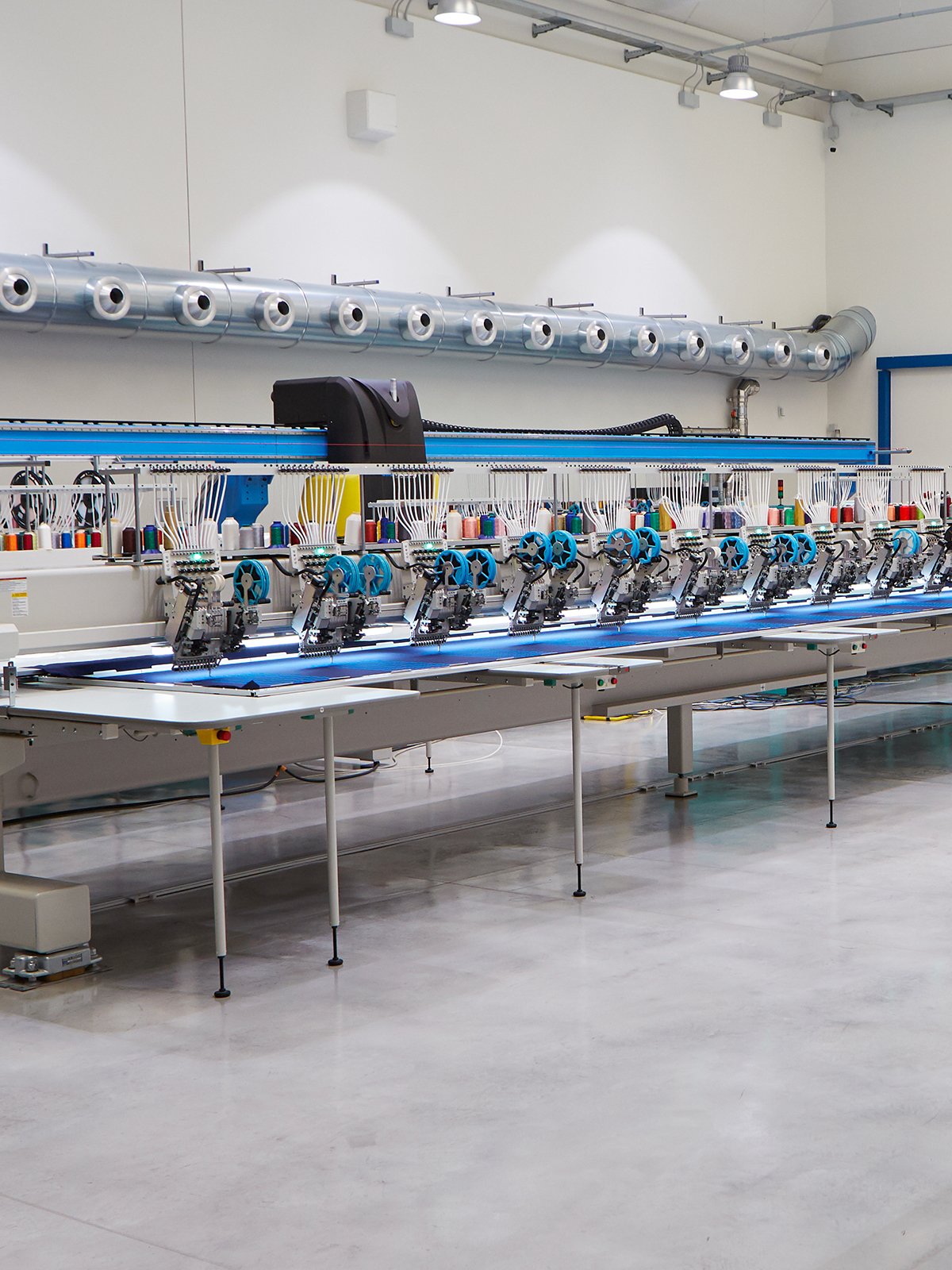News
"We will use European funds to bring the fashion system out of the crisis"

"I think we will have a table on the crisis in the fashion sector, on which we can play many cards, all the European funds, for example, can create opportunities for the supply chain. After all, the sector is in crisis however, a month ago Yves Saint Laurent opened in Scandicci and we are working to kick off Louis Vuitton's investment in Sieci, in the municipality of Pontassieve (Florence)." For the president of Tuscany, Eugenio Giani, the crisis in the supply chain is there, but it does not seem to be structural.
"When we arrive at Pitti," Giani said, "there is a great movement and the fashion system has a strong propulsion in Tuscany.
Certainly the use of European funds, such as the government's request for incentives, seems to be one of the cards to avert further downshifting of the fashion and accessories sector in the Florence area. Operators are looking closely at what is happening in other Italian regions, especially in southern Italy, between Campania and Puglia, where, thanks to European funds and incentives that have arrived from the government in the form of rebates, a production system has been created that threatens to empty precisely the Tuscan one, which has become mainly directional.
Another driving element of the entire production system is that of training. And it is the insiders themselves who are asking the region not to let this asset slip away, financing precisely with European funds the public's training centers of excellence. One example is Scandicci (Florence) where a process is underway to merge two facilities such as Alta Scuola di Pelletteria and Mita. To emerge from the crisis, many argue that it is necessary to enhance the supply chain, to ensure that the area retains those characteristics that have made it attractive for manufacturing excellence. For now, those most affected by the difficulties are artisan companies, which, having problems accessing social shock absorbers, also mark the pace on production margins. What's more, there is often no generational turnover even in business captains, as well as a vacuum in creativity processes. The table called for by the president, in which it seems that trade associations, unions, employer parties and institutions will take part, will have to certify through which elements to change in the process, with the aim of making the supply chain sustainable in the present and the future. Will it be the right path? We will find out in the coming months.


















